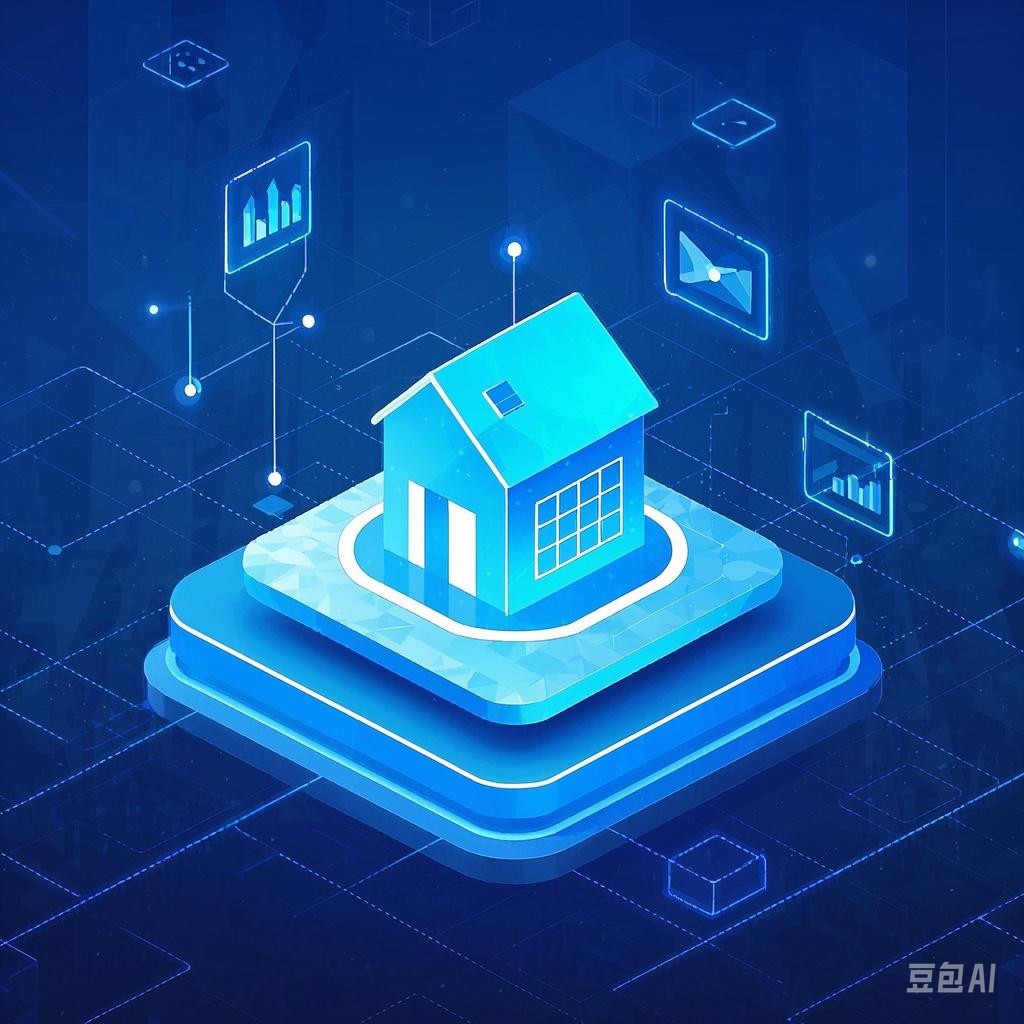Introduction
The concept of the metaverse has gained significant traction in recent years, with its potential to revolutionize the way we interact with digital spaces. The metaverse is often described as an immersive, persistent, and interactive virtual world that allows users to engage with each other and with digital content in real-time. This article delves into the eight dimensions of the metaverse, exploring the various aspects that contribute to its complex and evolving nature.
Dimension 1: Immersive Experience
The first dimension of the metaverse is the immersive experience it offers. This involves the use of advanced technologies such as virtual reality (VR), augmented reality (AR), and mixed reality (MR) to create a sense of presence and depth within the virtual world. Users can navigate through environments, interact with objects, and communicate with others in a way that blurs the line between the physical and digital realms.
Key Technologies:
- Virtual Reality (VR): Utilizes head-mounted displays and sensors to create a fully immersive experience, where users feel as though they are inside the virtual world.
- Augmented Reality (AR): overlays digital content onto the real world, allowing users to interact with virtual objects as if they were part of their physical environment.
- Mixed Reality (MR): combines elements of both VR and AR, creating a hybrid experience that incorporates both virtual and real-world elements.
Dimension 2: Persistent World
The metaverse is designed to be persistent, meaning that it exists independently of individual users and can be accessed at any time. This persistent nature allows for the creation of persistent spaces, such as virtual offices, stores, and communities, where users can interact with each other and with digital content on a continuous basis.
Key Features:
- Persistent Spaces: Virtual environments that exist independently of individual users, allowing for the creation of shared spaces for work, play, and social interaction.
- Timeless Experience: Users can enter and leave the metaverse at any time, without affecting the overall state of the world.
Dimension 3: Interactivity
Interactivity is a fundamental aspect of the metaverse, enabling users to engage with the virtual world in meaningful ways. This includes the ability to manipulate objects, create content, and interact with other users in real-time.
Key Elements:
- User-Generated Content (UGC): Users can create and share their own content within the metaverse, contributing to the richness and diversity of the virtual world.
- Real-Time Communication: Users can communicate with each other in real-time, whether through text, voice, or video.
Dimension 4: Social Connectivity
The metaverse provides a platform for social connectivity, allowing users to form relationships, collaborate, and share experiences with others from around the world. This social dimension is crucial for the success of the metaverse, as it encourages user engagement and fosters a sense of community.
Key Aspects:
- Virtual Social Networks: Platforms for forming relationships and sharing experiences within the metaverse.
- Collaborative Spaces: Virtual environments designed for collaboration, such as virtual offices or educational institutions.
Dimension 5: Economic Opportunities
The metaverse presents numerous economic opportunities, including the potential for new forms of commerce, investment, and employment. This dimension explores the various ways in which the metaverse can drive economic growth and innovation.
Key Economic Aspects:
- Digital Assets: The creation and exchange of digital assets, such as virtual real estate, clothing, and艺术品。
- Decentralized Finance (DeFi): The use of blockchain technology to enable decentralized financial transactions within the metaverse.
Dimension 6: Governance and Regulation
As the metaverse continues to evolve, governance and regulation will become increasingly important. This dimension examines the challenges and opportunities associated with governing the metaverse, including issues of privacy, security, and legal compliance.
Key Governance Issues:
- Data Privacy: Ensuring the protection of user data within the metaverse.
- Legal Compliance: Adhering to existing laws and regulations, as well as developing new frameworks specific to the metaverse.
Dimension 7: Technological Integration
The metaverse relies on a variety of technologies to function effectively. This dimension explores the importance of technological integration and the role of key technologies in shaping the future of the metaverse.
Key Technologies:
- 5G and Beyond: High-speed, low-latency internet connectivity to support real-time interactions within the metaverse.
- Artificial Intelligence (AI): The use of AI to enhance the user experience, improve content creation, and facilitate more sophisticated interactions within the metaverse.
Dimension 8: Ethical Considerations
The final dimension of the metaverse is ethical considerations. As the metaverse continues to evolve, it is essential to address potential ethical issues, such as the impact on mental health, social stratification, and the digital divide.
Key Ethical Concerns:
- Mental Health: The potential impact of immersive experiences on users’ mental health.
- Social Stratification: Ensuring that the metaverse remains accessible to all users, regardless of their socio-economic status.
Conclusion
The metaverse is a complex and multifaceted concept with the potential to transform the way we interact with digital spaces. By understanding the eight dimensions of the metaverse, we can better appreciate its potential and challenges, and work towards creating a more inclusive, sustainable, and ethical virtual world.
